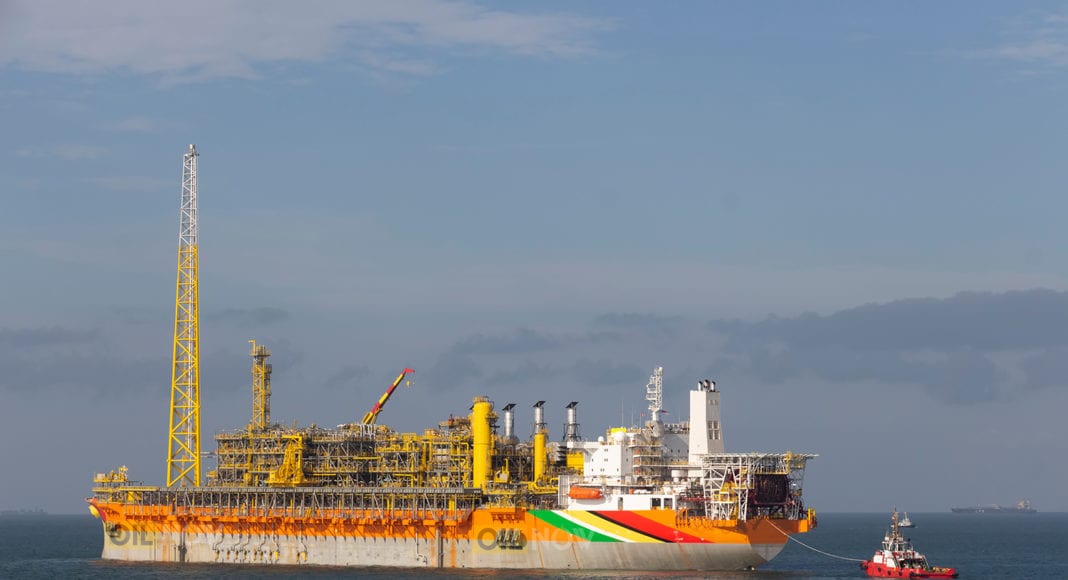Guyana’s environmental regulator, the Environmental Protection Agency (EPA) has issued the renewed permit for ExxonMobil’s Liza Phase 1 project with further measures to ensure the country’s environment is safeguarded.
The Liza Phase 1 permit has been renewed for a five-year period, in keeping with the Environmental Protection Act Cap 20:05 and after “careful consideration” of ExxonMobil Guyana’s adherence to the first permit.
A US$50 flaring payment per tonne of carbon dioxide equivalent (CO2e) emitted is now being instituted, up from an initial US$30.
“This marks the highest sum to be levied in the event flaring is above stipulated and payable in these circumstances,” the Agency pointed out.
The new Permit “strictly prohibits” routine flaring. Flaring is only allowed during commissioning, start-up and special circumstances.
Among other notable conditions, the new Permit ensures that ExxonMobil Guyana is solely liable for all costs associated with “clean up, restoration and compensation for any pollution damage which may occur as a consequence of the project.”
The oil major would also be required to have “Financial Assurance” including a combination of Insurance that must cover “well control, and/or clean up and third-party liability on terms that are market standard for the type of coverage.” Further, a Parent Company/Affiliate Guarantee Agreement is also required that indemnifies and keeps indemnified the EPA and the government if ExxonMobil Guyana “fails to meet their environmental obligations” outlined in the permit.
“Further, the financial assurance provided must be guided by an estimate of the sum of the reasonably credible costs, expenses, and liabilities that may arise from any breaches of this permit. Liabilities are considered to include costs associated with responding to an incident, clean-up and remediation and monitoring,” the EPA outlined.
Further, the Agency said that the Permit makes provision for the targeted monitoring of the effects of “effluent discharges” from the Liza 1 Project. These include but are not limited to produced water, bilge water, cooling water and grey water.
“The Permit requires the submission of the effects of these discharges every six (6) months. Further, [Esso Exploration and Production Guyana Limited] is required to submit safety case information, including a Risk Assessment prior to the drilling and development of wells,” the release noted.
Additionally, ExxonMobil is enjoined to establish and maintain a “Grievance Mechanism” in-keeping with the World Bank’s Approach to Grievance Redress in projects. This is to ensure that complaints from individuals and communities who may be affected by the project are received and addressed.
“There is a requirement for reporting the same and what actions were taken to address the grievances to the EPA,” the Agency added.
ExxonMobil Guyana already has a Community Grievance Mechanism in place. It allows the company to “continuously improve project performance” and to demonstrate its commitment to meaningful stakeholder engagement and “respect for Guyanese opinions and concerns.”
The Liza Phase 1 operation achieved first oil in December 2019 with nameplate capacity of 120,000 barrels of oil per day. Its production capacity has since been upped to 140,000 barrels of oil per day.



